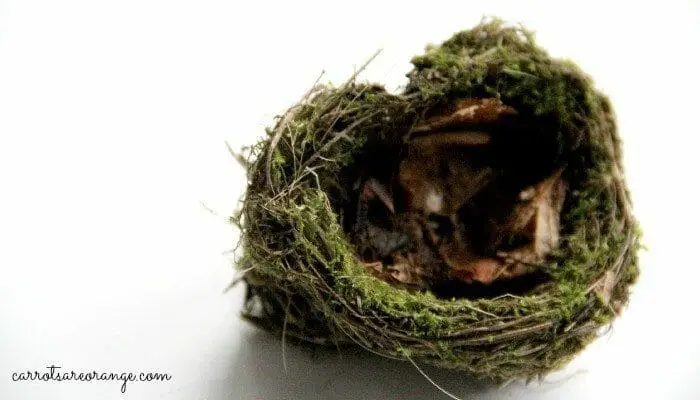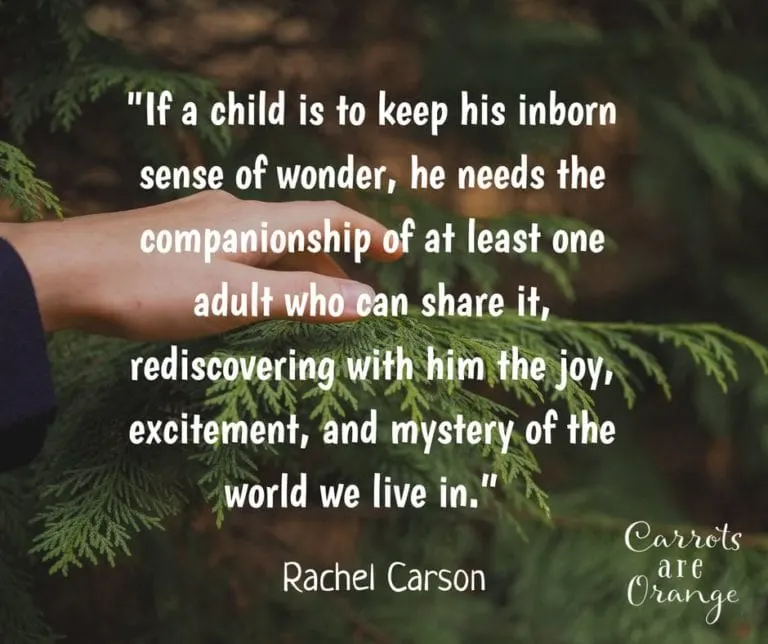This post includes a simple idea on how to create a natural history museum in your home or classroom. We live in the pacific northwest. We are surrounded by natural beauty and the history that comes with it. We are also fortunate to have resources like the Burke Museum at the University of Washington curating amazing historical artifacts from nature. I long for the day when I feel comfortable traveling to New York City with my sons (currently age 5, 4, and 7 months old) to spend the day (yes, the whole day) at the American Museum of Natural History by Central Park.

Create a Natural History Museum
Set Natural History Museum Ground Rules
I am all about curating for the sake of education but not at the expense of the natural environment. For example, you see this piece of coral (gasp!) in the above photo? Don’t worry, we did not break it off a reef or even take it from a beach. My husband found this piece of coral in the lobby hallway of a hotel in Maui. So, we opted to care for it and learn about it for the sake of education. So, before you begin your Natural History Museum, be sure to set some ground rules, preferably with the children so they take a bit of ownership. Examples might include: never take a nest from a tree (the nests we’ve added to our natural history museum have fallen to the ground because of wind) or coral from a reef or a shell from the beach.

If a child is to keep his inborn sense of wonder, he needs the companionship of at least one adult who can share it, rediscovering with him the joy, excitement, and mystery of the world we live in. ~ Rachel Carson
Curate Natural Items
The fun part is the discovery. We had collected items over the years stored in a basket in our kitchen area. Every day go outside and keep your eyes open for discovery. A few examples from our area include:
- Cones (Not all cones are pinecones! We’ve collected six different kinds!)
- Bark
- Feathers or Hair that has molted
- Moss
- Nests (We have found a few robin’s nests and a hummingbird nest. These creations are beautiful.)
- Rocks & Minerals
- Needles (Not all needles are alike! Examine the differences in texture, especially.)
- Bones (We’ve found a few skeletons of birds and even the skull of an elk. Be careful to handle these bones properly. You can get sick from handling them. So be sure to wear gloves and search for a way to clean the bones before adding them to your natural history museum.)
- Animal Tracks (Capture the track with a camera or by using plaster of paris to get a mold. We’ve attempted a bobcat, an elk, and deer tracks without success because of the location of the track being too wet or on a slope.)
- Molted Snake Skin

Store and Care Natural Items
- Large Container such as a plastic storage bin, a large basket with a cover, or even a card board box. This container is what you will pull out to a table, or leave on a shelf for children to access.
- Gloves are optional but always helpful when treating and caring for nature
- Plastic Bags or Small Food Storage containers to protect the more fragile items

Explore and Learn
- Purchase a Field Guide for your area, or Anna Comstock’s Handbook of Nature Study
- Create your own field guide with images or drawings and proper names with descriptions
- Create a local map or a world map of your discoveries
- Journals for observational drawings, sightings, or musings
- Magnifying Glass
to more closely examine artifacts.

Thank you for stopping by today. We enjoy visiting our Natural History Museum at Home not only because we learn but also because we reminisce about the places we’ve traveled and the people we’ve seen along the way.
